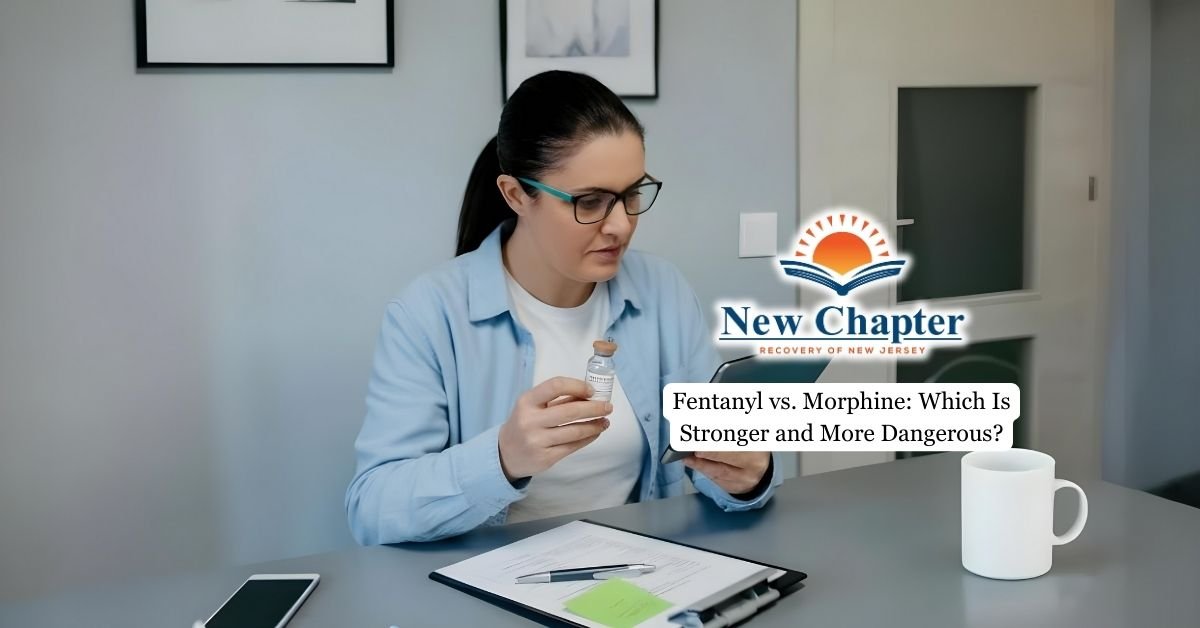Stimulants and depressants are two distinct types of psychoactive substances that affect the body and mind in vastly different ways. While both can alter mood, behavior, and cognitive function, their effects are often completely opposite.
This article will explore the attributes, effects, and risks connected with both stimulants and depressants.

What Are Stimulants?
Stimulants are a category of drugs that stimulate activity within the central nervous system, increasing alertness, attention, and energy levels. These substances function by raising the levels of neurotransmitters, including dopamine and norepinephrine, in the brain, resulting in increased heart rate, blood pressure, and respiratory rate.
Stimulants can occur naturally, such as caffeine and nicotine, or be synthetically produced, like amphetamines and methylphenidate. They are utilized for various purposes, including medical treatments for conditions such as ADHD and narcolepsy, as well as for non-medical reasons like enhancing cognitive performance or inducing feelings of euphoria.
Although stimulants can have beneficial effects when used appropriately, they also carry risks of addiction, tolerance, and negative health consequences, especially when misused. The effects of stimulants can range from mild stimulation to intense euphoria, depending on the specific substance, dosage, and individual factors.
Overcoming addiction to commonly prescribed stimulants like Adderall and Ritalin is only possible through comprehensive treatment programs like the one provided by New Chapter Recovery.
What Are Depressants?
Depressants, also referred to as central nervous system (CNS) depressants, are a category of drugs that decrease brain activity and reduce the functioning of the nervous system.
These substances work by amplifying the effects of gamma-aminobutyric acid (GABA), a neurotransmitter responsible for inhibiting brain activity. Consequently, depressants create a calming effect, alleviating anxiety, fostering relaxation, and frequently causing drowsiness. They can also impair cognitive function, lower heart rate and blood pressure, and slow breathing.
Common examples of depressants include alcohol, benzodiazepines (such as Valium and Xanax), barbiturates, and opioids.
Although some depressants have legitimate medical applications, such as treating anxiety, insomnia, or pain, they also pose risks of substance abuse, and potentially dangerous side effects, particularly when misused or combined with other substances.
If you’re dealing with the withdrawal effects of depressants like Xanax, which is one of the most addictive prescription drugs, it’s best to seek guidance from Xanax addiction specialists.
Risks and Side Effects of Stimulants and Depressants
Stimulants and depressants affect the central nervous system differently, but both carry significant risks and side effects when misused.
Stimulants can increase heart rate, blood pressure, and body temperature, potentially causing cardiovascular problems, anxiety, and insomnia. In extreme cases, stimulant abuse may result in psychosis, seizures, or even fatal overheating.
Long-term use of stimulants can lead to addiction, chronic fatigue, and cognitive impairment. Depressants, on the other hand, slow down brain activity and can cause drowsiness, confusion, and impaired coordination. Prolonged use of depressants may result in chronic fatigue, weight gain, sexual dysfunction, and respiratory issues.
Both classes of drugs carry a high risk of dependence and addiction, with severe withdrawal symptoms upon cessation. Overdose is a significant concern for both stimulants and depressants, potentially leading to respiratory failure, seizures, and death.
The dangers are further amplified when these substances are combined with other drugs or alcohol, increasing the risk of adverse interactions and life-threatening complications.
It’s crucial to note that even prescription stimulants and depressants can have these risks when not used as directed by a healthcare professional.

Addiction Treatment Options
For stimulant addiction, the most effective approaches include cognitive-behavioral therapy (CBT), contingency management, and motivational interviewing. These therapies help individuals identify triggers, develop coping strategies, and reinforce positive behaviors. While there are currently no FDA-approved medications specifically for stimulant addiction, some mental health medications may be helpful for certain individuals.
For depressant addiction, treatment often begins with medically supervised detoxification, as abrupt cessation can lead to severe and potentially life-threatening withdrawal symptoms. Following detox, a combination of inpatient or outpatient counseling is typically employed, with CBT being particularly effective in helping individuals adapt to discontinuing benzodiazepines.
Both stimulant and depressant addiction treatments may incorporate additional elements such as family therapy, 12-step programs, and addressing co-occurring mental health issues. The treatment setting can vary from inpatient rehabilitation centers to intensive outpatient programs, depending on the severity of the addiction and the individual’s needs.
Medical Uses of Stimulants and Depressants
Stimulants are most commonly prescribed for the treatment of attention deficit hyperactivity disorder (ADHD), narcolepsy, and certain types of depression.
Medications like methylphenidate (Ritalin) and amphetamines (Adderall) help improve focus and reduce hyperactive behaviors in patients with ADHD, while modafinil helps maintain wakefulness for those with narcolepsy. Some stimulants are also used as an adjunct therapy for treatment-resistant depression to boost mood and energy levels.
On the other hand, depressants have a wider range of medical applications. They are frequently prescribed to treat anxiety disorders, insomnia, seizures, and panic disorders. Benzodiazepines, a class of depressants, are used for their anxiolytic, muscle relaxant, and anticonvulsant properties.
Barbiturates, although less common due to their higher risk profile, are still used in some cases for seizure control. Sedative-hypnotics like zolpidem (Ambien) and eszopiclone (Lunesta) are specifically indicated for the short-term treatment of insomnia.
Some depressants, particularly opioids, are used for pain management, although their use is carefully monitored due to the risk of dependence.
Final Thoughts from New Chapter Recovery
At New Chapter Recovery, our Intensive Outpatient Program (IOP) in New Jersey is designed to address the unique challenges posed by addiction of either stimulants or depressants. Our comprehensive program provides the tools, support, and guidance necessary to overcome the grip of these powerful substances.
Whether you’re battling the intense cravings of stimulants or the sedative pull of depressants, our dedicated team is here to help you write a new chapter in your life. We believe that with faith, professional support, and a commitment to recovery, you can break free from the cycle of addiction and rediscover a life of purpose and fulfillment.
Frequently Asked Questions About Stimulants and Depressants
How do stimulants and depressants affect heart rate and blood pressure?
Stimulants typically increase heart rate and blood pressure by stimulating the central nervous system. In contrast, depressants can slow down heart rate and lower blood pressure, as they work to relax the body and central nervous system.
What are the legal consequences of misusing stimulants and depressants?
Misusing stimulants and depressants can result in criminal charges, including fines, imprisonment, and a permanent criminal record. Penalties vary depending on the substance, the extent of misuse, and the laws of the jurisdiction.
What are the signs of overdose?
Signs of a stimulant overdose may include rapid heart rate, high blood pressure, agitation, and seizures, while a depressant overdose can cause slow or shallow breathing, confusion, and loss of consciousness. In both cases, immediate medical attention is crucial.
What are the short-term vs. long-term effects?
Short-term effects of stimulants can include increased energy, focus, and euphoria, while long-term use can lead to anxiety, addiction, and cardiovascular issues. Depressants may cause relaxation and sedation initially, but prolonged use can result in memory problems, depression, and a risk of dependency.






